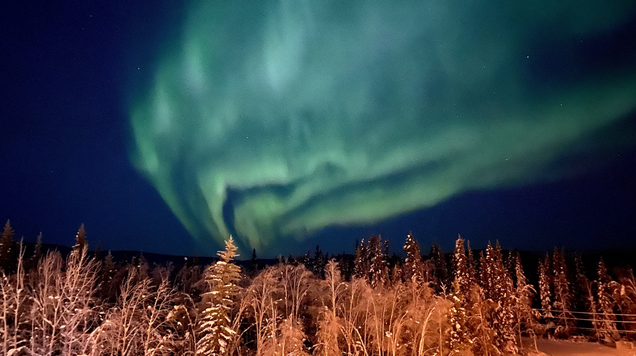
A strong geomagnetic storm will hit Earth tonight following a significant solar flare that occurred on Tuesday, NOAA’s Space Weather Prediction Center reported today.

A strong geomagnetic storm will hit Earth tonight following a significant solar flare that occurred on Tuesday, NOAA’s Space Weather Prediction Center reported today.
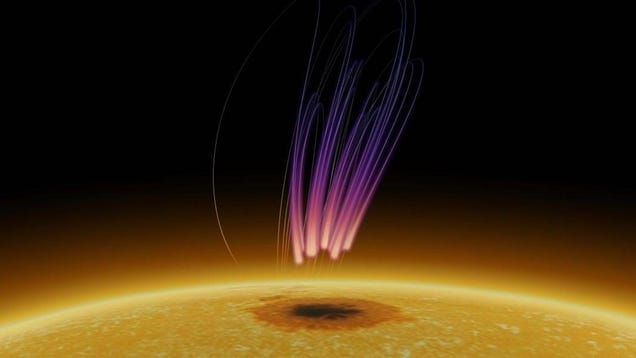
Radio emissions detected about 24,855 miles (40,000 kilometers) above a dark region on the Sun have aurora-like qualities, according to a team of astronomers that studied the emissions.
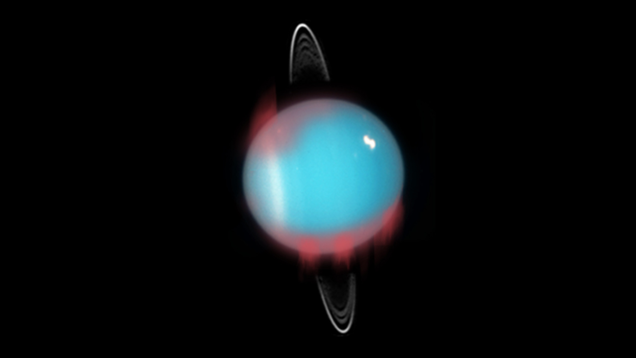
Feast your eyes on Uranus’ glowing edges. We’re serious—a team of astronomers has spotted a new aurora on the seventh planet from the Sun, glowing at infrared wavelengths.
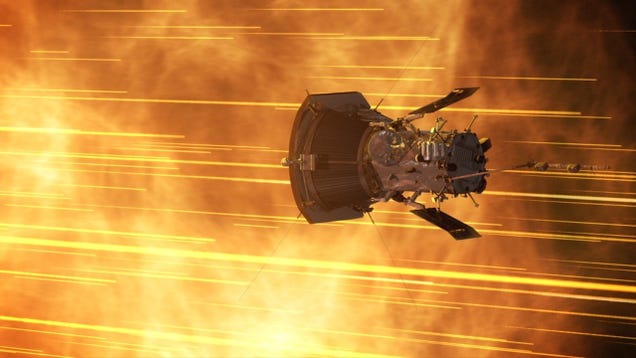
NASA’s groundbreaking Parker Solar Probe continues to set new milestones, diving continuously deeper towards the Sun, and offering insights into the star’s enigmatic atmosphere and how it affects space weather.
The Chandra X-ray Observatory didn’t exist in 1838, when the Eta Carinae star system started to brighten as it ejected material in an event named the “Great Eruption.” But traces of the eruption remain, and a timelapse has now been created by compiling 20 years of the space telescope’s data to sho
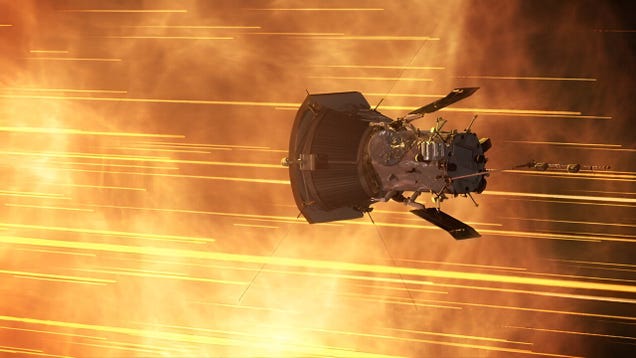
NASA’s Parker Solar Probe flew through an ejection of coronal material as it passed by the Sun in September 2022, giving researchers new data to understand how the Sun’s superheated plasma interacts with the surrounding interplanetary dust.
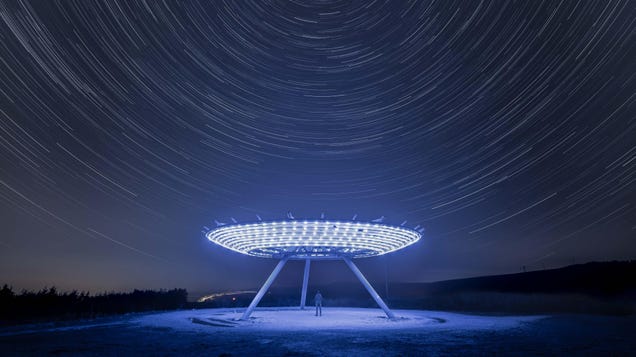
The Royal Observatory Greenwich in the UK announced the winners of its annual Astronomy Photographer of the Year competition last week, and the final group of photographers doesn’t disappoint. From phantasmal swirls of gas and dust to stupendous shots of our luminous Moon—and other moons, too—the images offer a…
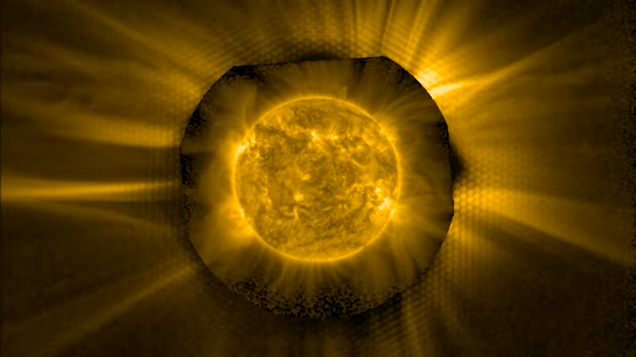
Scientists behind a Sun-observing probe applied a simple hack to one of its cameras, allowing them to peer into rarely seen regions of the Sun’s atmosphere.

A team of scientists looking at a faraway galaxy using the Atacama Large Millimeter/submillimeter Array (ALMA) have detected that galaxy’s magnetic field, making it the most distant galactic magnetic field yet detected.
For the past 17 years, a lone spacecraft has been following Earth’s tracks in its orbit around the Sun and capturing unprecedented views of our host star.